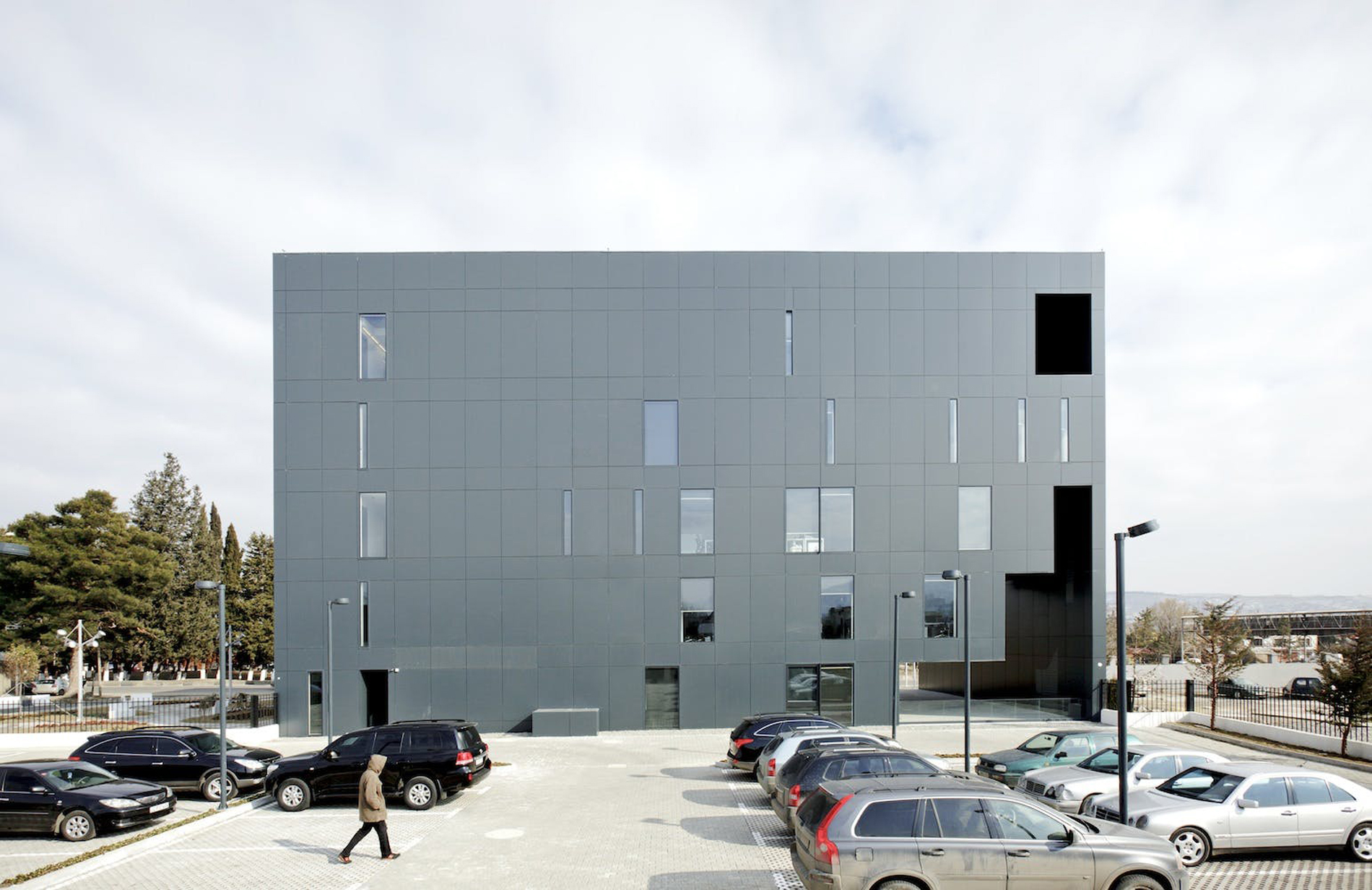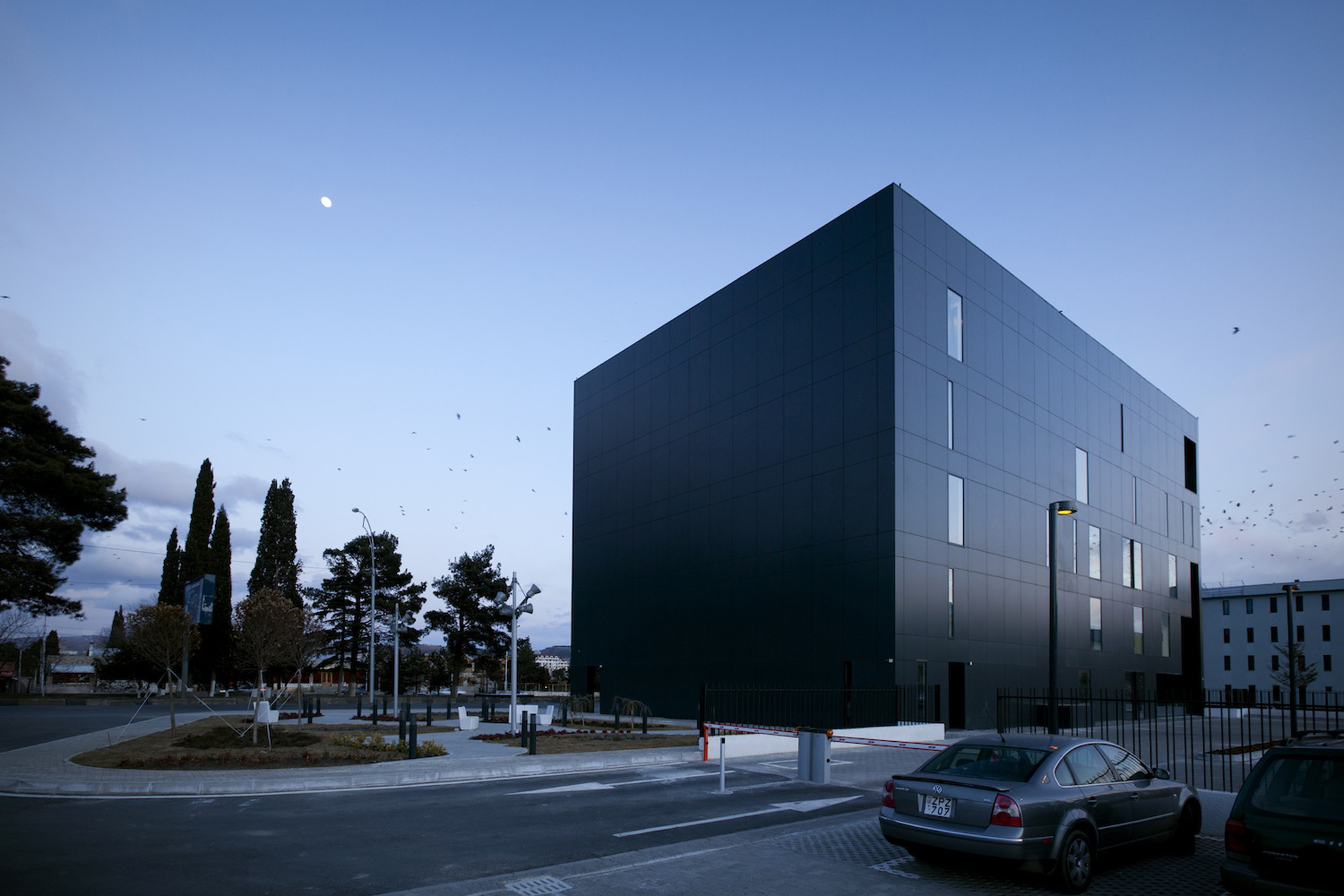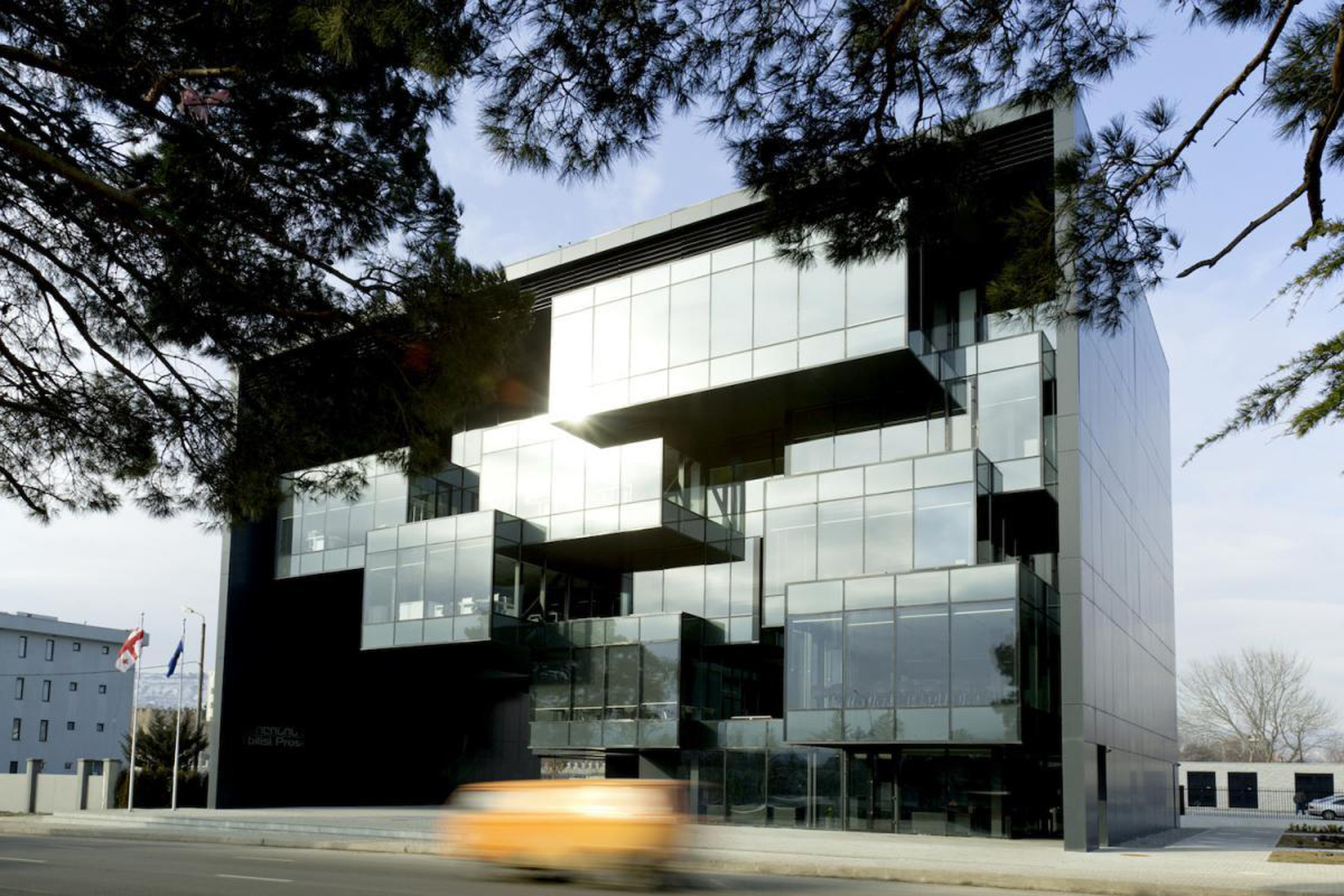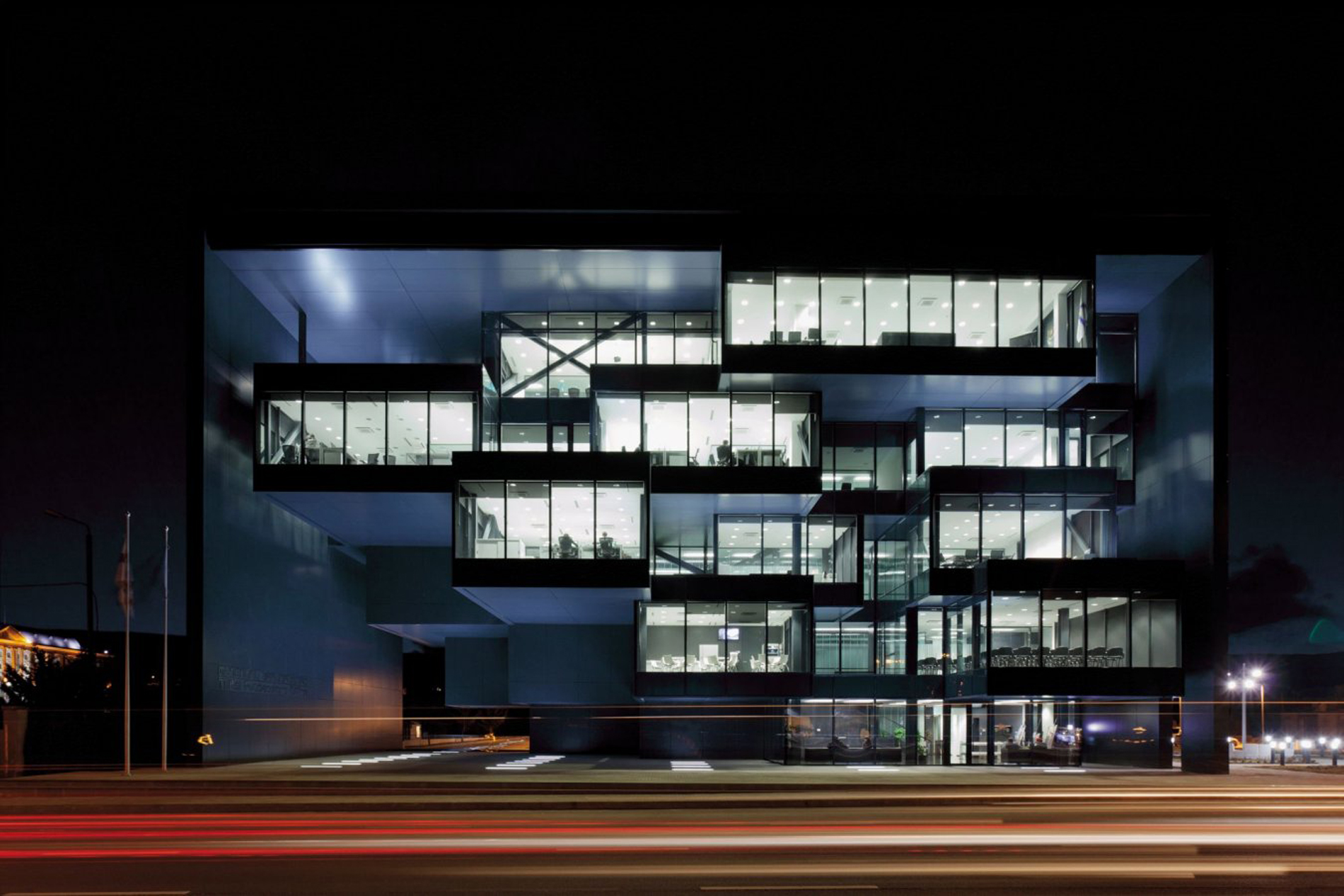MUA are best known for their recent project Fabrika, a wildly successful creative complex in a former Soviet sewing factory
Tbilisi’s eclectic architectural landscape, where imperial mansions share space with futuristic glass buildings and Brutalist skyscrapers, is to a certain extent a manifestation of what Georgia as country is today – an intoxicating blend of tradition and modernity. The Betlemi quarter’s cracking facades and the nostalgic charm of the city’s left bank outdoor markets certainly attract a steady stream of ruin-porn lovers to the Georgian capital — but can they become the setting for a new generation of creatives seeking somewhere to showcase their work and channel new energy through Tbilisi’s narrow streets? To Multiverse Architecture (MUA), an experimental architectural bureau in the heart of Tbilisi, the answer is “yes”.
MUA, founded by Gigiko Sakvarelidze and Devi Kituashvili, are best known for their recent project Fabrika, a wildly successful creative complex dotted with concept stores, cafe-bars, a co-working area and hostel on the site of a formerly abandoned Soviet-era sewing factory on Tbilisi’s Left Bank. A formerly quiet residential area, the Left Bank is quickly becoming more popular among locals thanks to Fabrika, proving there is room for “old meets new” experiments. Rather than opting for the ubiquitous loft aesthetics of exposed red brick and harsh metallic elements, MUA’s design bears a deeper reflection on the legacy of the space, subtly visible in the choice of plugs and wires, bar chairs, blue tiles and Soviet-factory style tables in the breakfast hall.
MUA challenges architectural limits and sometimes appears to ignore the laws of physics. It’s the smart combination of simplicity and innovation that makes their work so appealing, with naturalistic design, simplicity and structural functionality among the main principles of their practice. The bureau are reaching out beyond the borders of Tbilisi and have their sights set on opening a new branch of Fabrika in Georgia’s western port city of Batumi, a venture launched with the hopes of breathing new life into that city’s creative landscape, according to the architects.
The clarity of forms and colours that define MUA can be found in one of their most renowned buildings – the Tbilisi Prosecutor’s Office. The sleek Rubik’s Cube construction mimics the environment with its smart use of lights: during daytime hours, the cube appears neutral grey, while lit up at night it turns black and yellow with lights adding volume to sections of the cube inside it.
For those visiting Frankfurt’s Book Fair in 2018, be sure to be on the look out for the MUA-designed Georgian pavilion.
Text: Masha Borodacheva



